Marinella Senatore: The Sleepless Performer
by Alfredo Cramerotti
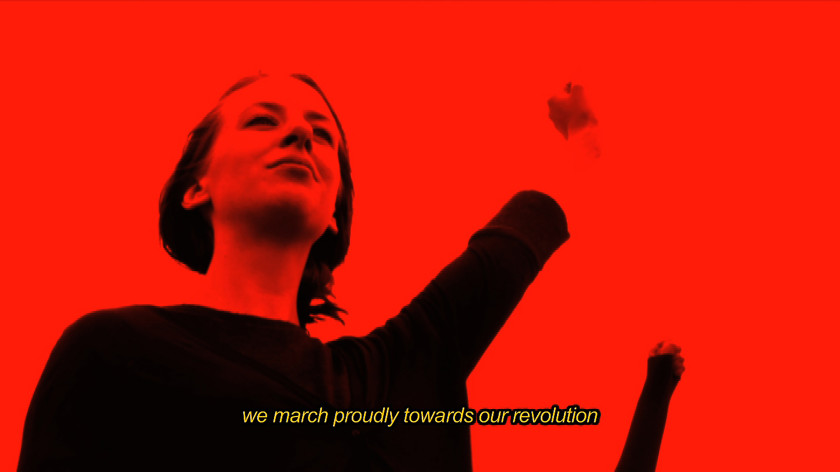
The conversation between writer Alfredo Cramerotti and Paris-based artist Marinella Senatore took place while working together towards an exhibition scheduled for Summer–Fall 2016 at MOSTYN, her first institutional solo show in the UK. Her past work has involved thousands of participants, sometimes entire communities—from a Harlem neighborhood to a mining town in Sicily—and is rooted in thinking through the meaningfulness of a given context, and for what reasons. It is therefore no surprise that Senatore spent several months in North Wales prior to scheduling the show.
Senatore’s approach exemplifies a powerful way of rethinking places as responsible and deputized for culture—her work promotes the active inclusion of the public in the creation and use of every piece. She imagines the various ways in which to approach her subjects, often incorporating the means of production into her final works—spectacular performances and actions that unfold both in public spaces and in codified art environments. In all her work, Senatore empowers the individual in relation to social structures and community-gathering systems. From a musical to a radio station, from a parade to a film, every project is not only participative, but also truly beautiful to experience and watch. Cramerotti sat with Senatore to discuss her work in five questions—from initial concepts and technical aspects of production, to the infinite adaptations of her performances, and how these processes (frequently separate in most artists’ practices) are intrinsically linked.
ALFREDO CRAMEROTTI: Let’s start with the main ideas behind your work—I realize this is a big question, and of course I have my own reading of your work, but it may not be the same with what you think are the main guiding principles of what you do. I am interested in knowing how you yourself “read” your work. Can you step outside Marinella for a moment and let me know what you see?
MARINELLA SENATORE: I see a different way of rethinking the artist’s role; a role that is more in touch with the needs of contemporaneity—according to public requisitioning, new ideas about social structures, the incredible amount of information required, and the speed of communication, etc. Above all, I see the questioning of these roles from appointed institutions, to the exploitation of contemporary art and culture more generally.
In my works, I continuously seek to build a sense of cohesion in order to awaken a diverse utopia that is tested by thousands of participants from different countries. I have experienced personally that many things are incredibly possible! I try to rethink and instigate this shared creation in different forms in order to facilitate and enable some sort of energy towards emancipation.
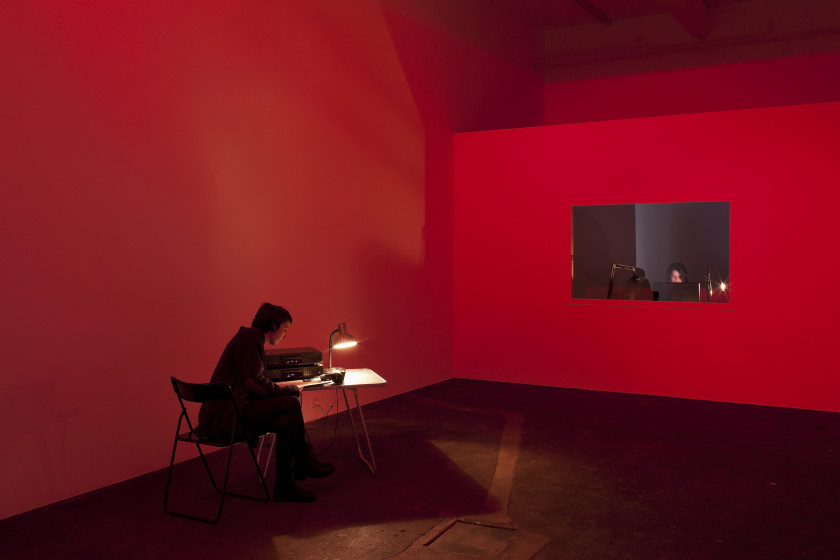
My works tend to answer the demands of confrontation, visibility, and diversity by resolving these subjects on a creative and intellectual level, where there is no space for an “abusive” role of the artist, but a horizontality of creation. In short, if I were to observe my work and myself as an outsider, I would see the attempt in achieving “good communities,” while also being conscious of this enormous personal, intellectual, and conceptual commitment.
AC: Did you get any particular source of inspiration for the visual styles of your recent series of works—i.e. The School of Narrative Dance; the musicals; the storytelling sessions, etc.—or did they arrive in relation to the nature of the materials you have used, and locations you were positioned in?
MS: My sources of inspiration come from every sector that we work on; from social issues, and more—my transformations of the method and their aesthetic depends on the people who are part of the project. From their imagination, some sort of story and difference emerges, while a common imaginary remains; the numerous forms of storytelling are always different, and in consequence, the practice of participation also changes. This is extremely exciting for me.
Since I cannot know how all of the working stages from a given piece will develop beforehand, and at all times—such as which will be the best approach—the most suitable process for me in such context is that the communication strategies must really work. I can only be extremely flexible in working arrangements and concentrate, when I start knowing the people, in order to understand what it is that they really care about, and thus what kind of things from such relationships interests me. Some questions I often ask are: how do they interact with me, and with each other; how much and how do we intervene space into practice itself? Well, yes—in this sense, all the initial stimuli become ideas with a defined form, and through this, I then completely understand how to proceed, accept conflicts, negotiate, and solve these questions on a practical, rather than speculative, level. I would say this is decisively honest and creative.
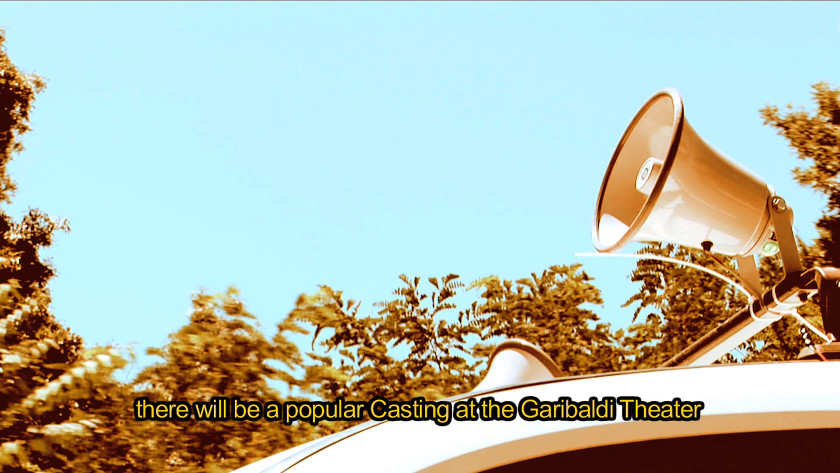
Like every other participant in the work, I propose visions, images, language, and much more that each participant can share selectively. While there is agency in this, it is also a mutual exchange—where one gives a part of themselves, in order to receive a part from another. This liberal perspective provides a total openness for negotiation. Therefore, the work is transformed into an absolute egalitarianism.
The nature of narration—sometimes founded in myth, or at other times in the local news, or pure fiction, as well as biographical and collective memory—is always incredibly different from country to country, city to city, community to people. Through my approach to narration, I discover the richness and truth that represents the almost infinite possibilities of the ‘site-specific project.’
AC: Can you dive a bit into the technical aspects of the works? Such as the gathering of raw material, software or hardware (in the wide sense; they could be thoughts and bodies) used, as well as the selection and editing process? What are some of the particular challenges you and your team faced in realizing the works?
MS: Each project that I work on becomes an archive that is constantly in movement: the dancers, the narratives and the materials that are used—really, every single sketch, drawing, note, or working schedules directly address the truth of what I call ‘processualism,’ an ever dynamic, flexible, state. This approach thus acquires value, not only through emphasizing the content, but also the aesthetic approach. And such an aesthetic is one of greater strength in concepts, which generates a step towards sharing and initiating the process itself.
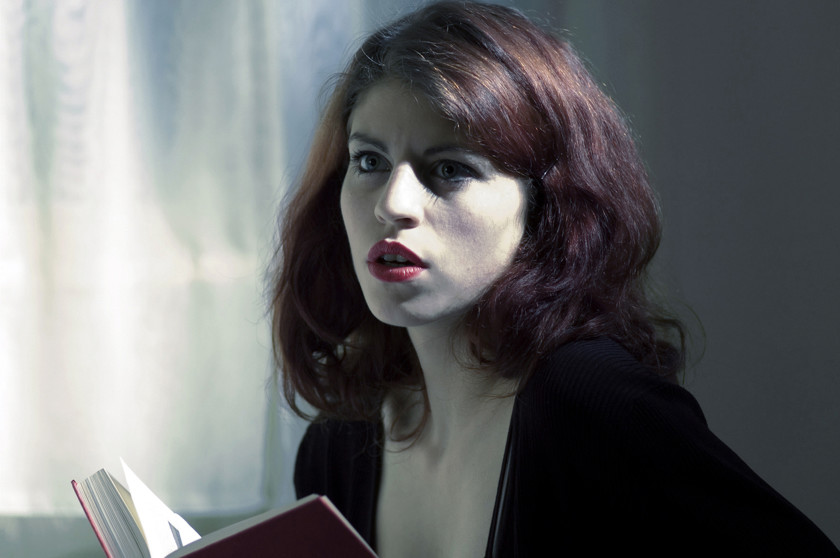
Even in the remarkable differences between the various communities I have worked with, these concepts prove crucial acknowledgement of installations, objects, graphic works, and archives in which I research a lot of the possibilities of display. For me, the most intimate phase is theoretically processing an already made project. It is as much meaningful as it is determining: whenever I feel the need to ‘enclose’ an entire process in a certain way with a harsher formalization—from photographs to sculpture, collage to paintings and especially drawings—these are, for me, the unlimited sources of my research and thought. It is essential to reflect, rethink, and reread all completed processes while at the same time devote myself to tracing back the production in different formats.
AC: I saw a recent installation of your work for a mid-career retrospective at the Castello di Rivoli in Turin. It was basically made of a series of ‘spaces’ that the viewer was moving from and to, so that visitors would walk underneath, above, into them—or beside them, or between them—but could not really see them from an ‘external’ point of view. You chose instead to have an ‘immersive’ type of installation. What was the underlying approach to this?
MS: In this case, my vision, like others, stimulates a project one after the other, with an idea that applies to a dynamic production. While the concept expresses a process, it also employs a new form in a new context. I could say that placing the linkage between these spaces, ideas, and future variations together with all the participants presented the work itself, once again, in a totally different way. The idea of endless production fascinates me. The way I imagine and plan the installations and displays for my works are based on the practices and methodologies engaged in any participatory process where an attendance of the public is the active subject that lives and interacts within the project itself. It is a crucial experience for me in many ways.
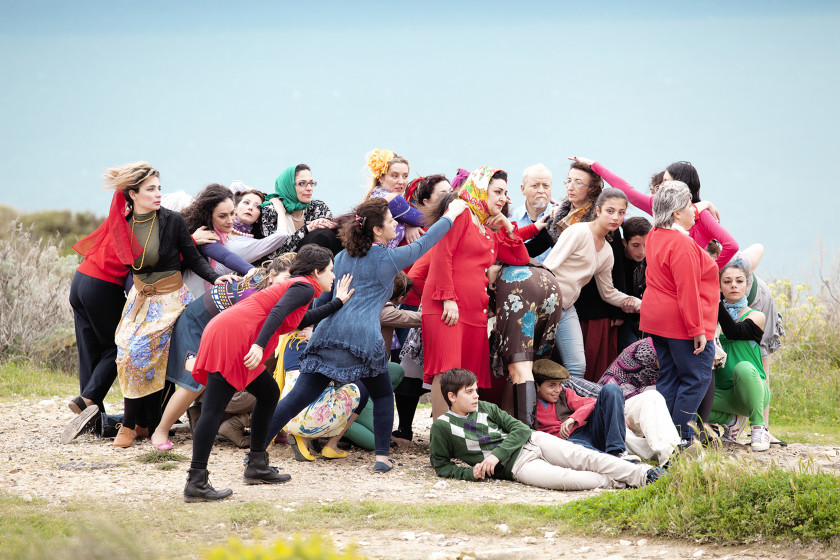
Variations, a video work I made in 2011, involved hundreds of Lower East Side residents from New York. It was presented as an assigned table for creative writing, available to anyone who was willing to use it. Similarly, the set that was created in the UK for the Opera Rosas, was transformed into a mobile installation that was ‘re-activated’ every time the space was used by over 20,000 participants, by using the site itself as a performance, ideally connecting people who have never met each other in the process. By sharing the space, the performers trigger the energy within the space just as previous citizens have done before. Now, museums and institutions are hosting The School of Narrative Dance, our free-of-charge nomadic school, which travels around the world. The work is continuously designed in a different manner, and in each of the spaces, the framework is created to invite citizens who want to carry out their own projects as well. Even without my presence, the work has become a conceptual—and physical—space where anyone can express themselves, and propose ideas to the community. This concept applies to almost to all my projects—even the older ones—that are awakened when they confront the public once again, becoming newly significant. I treat my practice as a flow of energy that allows for a constant renovation of the work forever renewed over time alongside the possibilities offered by new social and geo-political contexts.
AC: Tell me a secret about your work. Even a small one.
MS: Sometimes, the shared energy is so strong that it feeds me for months after the end of a project. I cannot sleep, nor can many of the participants. In fact, we have long phone calls or endless emails…